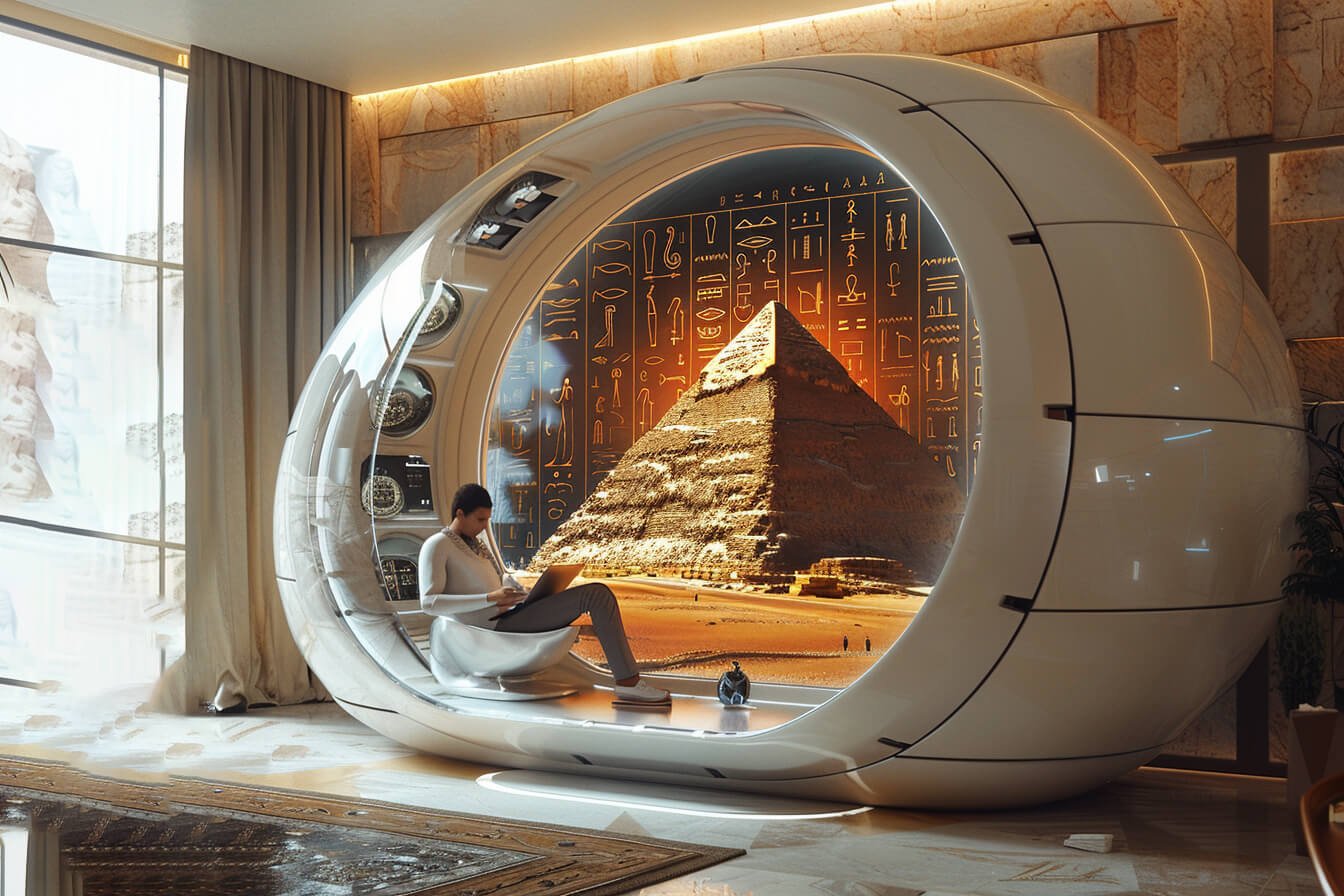Play that Teaches and Transforms
With this launch into the realm of foresight we will explore the future of play, and its relationship with the future of design. From an early age, the word “play” has carried much meaning: from time spent with friends, to time spent by oneself either exploring, creating, or experimenting. Playing may at first seem frivolous and unnecessary; but when delving more deeply, one finds that it has a critical role in helping people to learn, socialize, and be more creative – at any age!
For the future of design, emerging technologies are evolving how people play. For example, children’s building blocks now evoke augmented reality interactions, and video games for all ages are progressing so they can be projected onto any surface. (1) (2) With such advancements, one must ask: Will new forms of play lead to better learning and deeper transformation for those that engage with such games? And can such games be used for even deeper life-changing personal transformation such as, healing or self-mastery?
As designers, it is wise to think more deeply about play within your creations. For example, do you invite spontaneous play within your designs? If so, how can you make this type of play a more fulfilling experience for people? After all, it is during play that many great discoveries, memories, or creations are formed.
In the future, our understanding of play is likely to evolve — particularly as more technologies are invisibly integrated into everyday living. For this reason, we as a humanity stand in prime position to leverage the way we play to learn more about our past, present, and future trajectories. For example, to see how new forms of play can be used to evolve the future of travel, I invite you to read my essay entitled, Destination Design: Introducing Travel 2.0, that explores a new type of “deep play” for travelers staying in a hotel that becomes an immersive vehicle into the past or future of our world’s greatest landmarks. Within the essay, you will also view my design concept for such a hotel that re-designs the future of travel by creating new ways to visit landmarks – in this case, Notre Dame.
Play to Design for Global Challenges
How can designers unlock the serious potential of design for play?
Let’s explore more deeply:
Designing for the future of play goes well beyond transformation at the individual level. Play can also be used to solve local, regional, and even global challenges. In her TED talk, American game designer Jane McGonigal states that gamers may be our best hope for solving the world’s toughest challenges. (3) Imagine an adaptive and interactive game that pulls from the intelligence of the collective to unlock new ways of seeing a problem, new ways of researching a problem, as well as new ways for mitigating or solving a problem. In such cases, people can co-create a better world while having fulfilling, yet playful, experiences that bring joy and gratitude to one’s life.
Play for Healing, Wellbeing, and Thrivability
Understanding the benefits of play is important. To design and build a more sustainable world where all thrives, the lessons learned from play are vital. For example, gamification of processes like healing, goal-attainment, or self-mastery will evolve as new physiological, neuroscientific, and even spiritual findings are discovered. Thus, designing for play calls for an interdisciplinary approach to design – where the things we make strategically nurture the best version of ourselves: as individuals, as communities, and as a humanity.
For this, the future awaits.
References:
(1) Hemsworth, Michael. (2018) 360-degree Projection Gaming Systems. TrendHunter.
(2) McQuarrie, Laura. (2018) Cubic AR Toys. TrendHunter.
(3) Stewart, A. and McGonigal, J. (2012) Can Video Games Solve Real Issues? TED Radio Hour. NPR.






